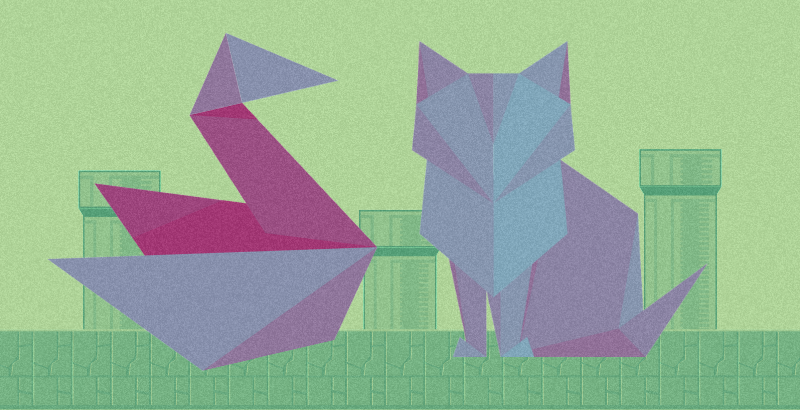Educator’s View: The Biggest Equity Issue in Math Is Low Expectations. From Origami to Super Mario and the Lebombo Bone, 3 Ways to Fix That

Get stories like this delivered straight to your inbox. Sign up for The 74 Newsletter
During my 18 years in urban education, I taught math to elementary and middle school students. I also worked as a district school improvement coordinator and math director. As a result, I’ve spent a lot of time asking: How can we make math education more equitable for all students?
The biggest equity issue I’ve seen is low expectations. Too many students feel like they cannot do math. They bring those expectations of themselves into the classroom. Too often, what gets emphasized in education are students’ deficits and gaps, how they don’t meet standards, how they’re behind. This leads to a culture of low expectations and results in students having low expectations for themselves.
As research has shown, learning math is not so much about the brains students were born with. It’s about the messages they receive, the opportunities they have and the way they approach learning. Here’s how schools can start to change those things.
The first step is to move away from the deficit mindset and offer teachers professional development that provides strategies for identifying and building on students’ strengths. This also means expanding the vision of what math looks like. For example, some kids will tell their teacher they can’t do fractions — but those same kids will do very intricate paper folds, whether it’s origami or making those little fortune tellers we all used to make. Those are fractions!
These paper folds can be used to teach about common denominators. This is part of what I call “math close to you.” We’re all mathematical beings, and it’s important to help kids understand that they’re already mathematical. I’ve had kids who beatbox or who drum on their desk. They’re keeping time in fractions. They already know fractions, but that’s not “math” to them. If teachers can identify a student’s strength and then connect it to the math being taught in the classroom, there will be major shifts in that student’s attitude.
Teachers can also build equity by offering feedback that helps students understand that they can learn from their mistakes, adjust their thinking and deepen their understanding of math. Focusing on student thinking requires teachers to broaden their outlook. Phil Daro, who helped create the Common Core, says in a video called “The Case Against Answer-Getting” that, “Correct answers are essential … but they’re part of the process, they’re not the product. The product is the math the kids walk away with in their heads.” Educators tend to focus on the answer, and I’m not saying we shouldn’t focus on getting the right answer. But there is more to math than that. Powerful learning can happen when students get things wrong.
If students get an answer wrong and get feedback they can use, they can figure out why they got it wrong and try something else. If getting an answer wrong becomes a stopping point, the only thing students learn is that they can just wait until the teacher tells them what the answer is. When teachers position students as being able to think through what they need to change to arrive at the correct answer, more and more of them will realize they can be successful at math. They will learn that they’re the authors of their own learning.
They may even have fun doing it. In gamified education, there is something called the Super Mario Effect. The basic premise is that when kids are playing games, they don’t mind the pits that they fall into or how many times their character dies, because they’re on a quest — they’re going to get to the Princess eventually. Every pit is just another opportunity to learn. That’s what teachers have to do in the math classroom: Help students understand that just like those pits, every wrong answer is just a chance for learning.
Lastly, teachers can build equity by showing students how people have always used math. For example, a 40,000-year-old artifact from sub-Saharan Africa called the Lebombo bone has distinct mathematical markings on it — demonstrating that cultures all over the world have used math for tens of thousands of years. Using this and other examples demonstrates that cultures all over the world have been doing math since the dawn of time. Highlighting the ways in which different people and different cultures use math helps show students that math is from everywhere, in everything and for everyone.
Kids also need to be able to see people who look like them doing math. Everyone who is interested in equity can support this work by showing a diversity of cultures, races and genders throughout curriculum materials, activities and math representations.
Twana Young is vice president of curriculum and instruction at Mind Research Institute. During her 20-plus years as an educator and administrator, she served on the Math Advisory Committee for the Council of Great City Schools, a consortium of all the large, urban districts in the country. She can be reached at [email protected].
Get stories like these delivered straight to your inbox. Sign up for The 74 Newsletter

;)